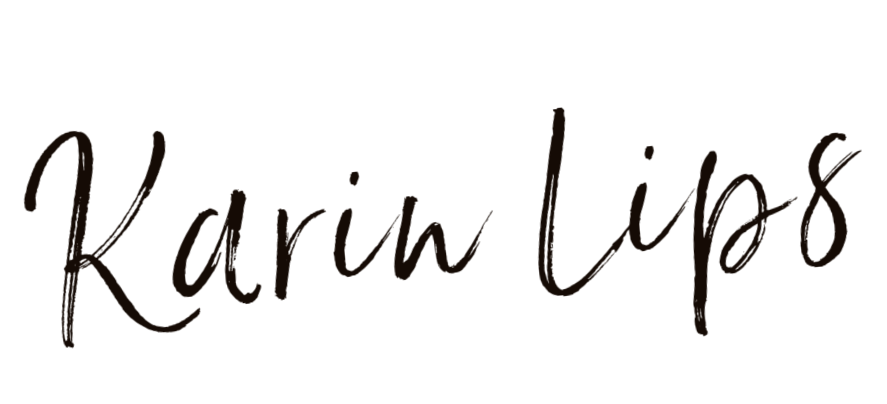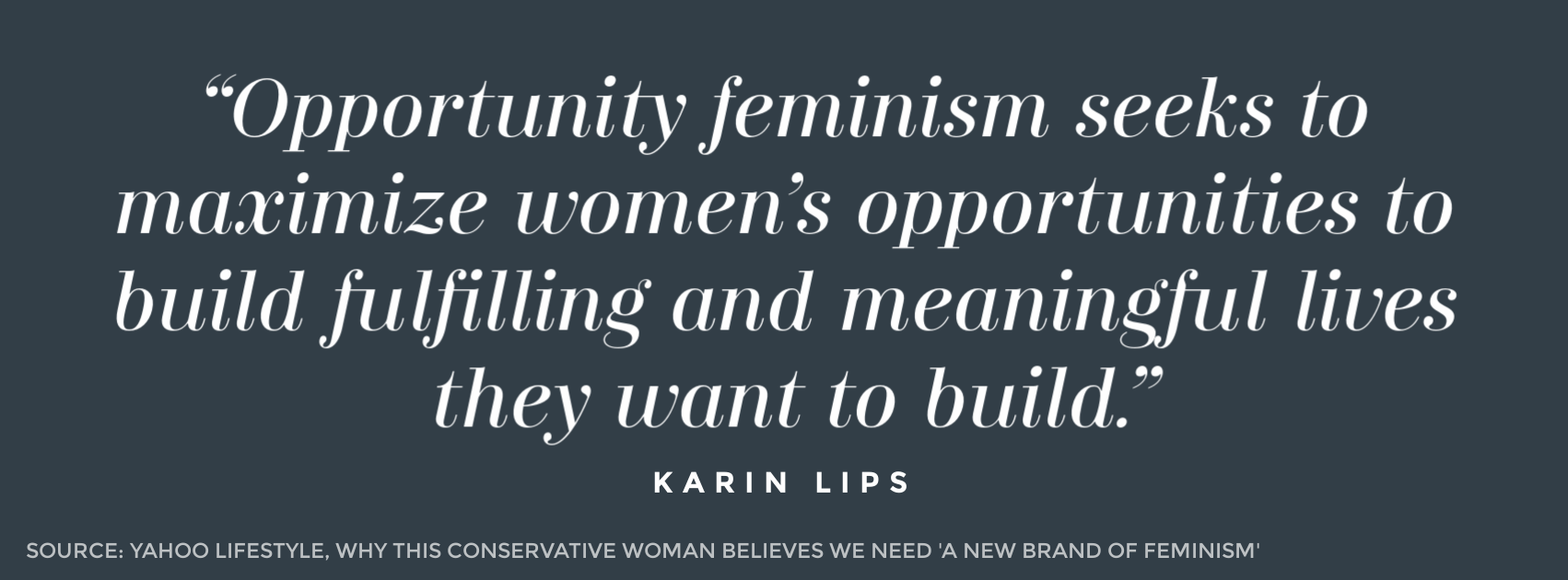The End of College as We Know It
This article originally appeared in US News & World Report.
Citing lack of interest in an all-women’s school in rural Virginia at full-price tuition, the board of directors of Sweet Briar College announced March 3 that the college will close at the end of this academic year. My heart goes out to Sweet Briar students during the challenging transition that they now face following the school’s planned closure. With a history dating back to its founding in 1901 and a $85 million endowment, it’s no wonder the announcement caught students by surprise.
Once their lives are back on course, I urge these students to read a new book, “The End of College: Creating the Future of Learning and the University of Everywhere,” by Kevin Carey, director of the Education Policy Program at New America, to help them make sense of what is happening. While these students have been dealt a difficult hand, they might just be on the cutting edge of a major change in higher education. Even in closing, the school offers these students and future students of higher education an important lesson: American universities and colleges, many of which have been around for more than a century, are not immune to market forces. The current higher education model needs reform. Universities and students should prepare for and be open to a major shake-up ahead.
Carey presented a thoughtful examination of the trends affecting higher education – the emergence of low-cost competition and promising new technologies that will allow people to demonstrate achievement based on the courses that they complete. These trends pose an existential threat to the traditional college or university, which combines research, professional instruction and liberal arts education at a staggering (and yet growing) cost to students and their families.
According to the College Board, the average cost of a year’s tuition, fees and room-and-board at a private college exceeds $40,000 per year. For the 2014 to 2015 year, undergraduate tuition, fees and room-and-board at Sweet Briar adds up to $47,095. For a public four-year in-state school, the average cost is $18,943. With these costs, more and more students are graduating with higher student loan debt – 69 percent of graduating seniors at public and private nonprofit colleges in 2013 had student loans and graduated with an average of $28,400 in student loan debt.
But a review of the few outcome measures that do exist evaluating how much students learn while in college shows that many students don’t get much for an investment that may cost as much as $200,000. For example, in the book “Academically Adrift: Limited Learning on College Campuses,” researchers Richard Arum and Josipa Roksa reported that nearly half of all students tested demonstrated no significant gains in their first two years of college. And in “The End of College,” Carey explained that a motivated student today could take classes from some of the best professors in the world and earn credits for a fraction of the cost of a year in the typical college. Harvard, Massachusetts Institute of Technology, Stanford and other elite universities are leading the way in offering free online courses.
As such, it is likely that many schools’ current models will prove unsustainable in the new future of higher education.
Some university presidents are already making changes. Former Indiana Gov. Mitch Daniels, now president of Purdue University, froze base tuition after 36 years of increases, cut the cost of student food by 10 percent and created two, half-million dollar prizes for the department that could come up with a three-year degree or one based on what the student knows, not on hours logged in the classroom.
For students, an end to the current college model offers both a challenge and an opportunity. Students will be forced to work hard, demonstrate results and compete with people from around the world who will have access to what Carey called “the University of Everywhere.” But students will no longer be forced to mortgage their futures: It will be possible to learn much more for much less money and demonstrate to potential future employers much more about one’s knowledge and potential than could ever be signaled by a paper college degree. That should be welcome news to the next generation of young people seeking a good education.



